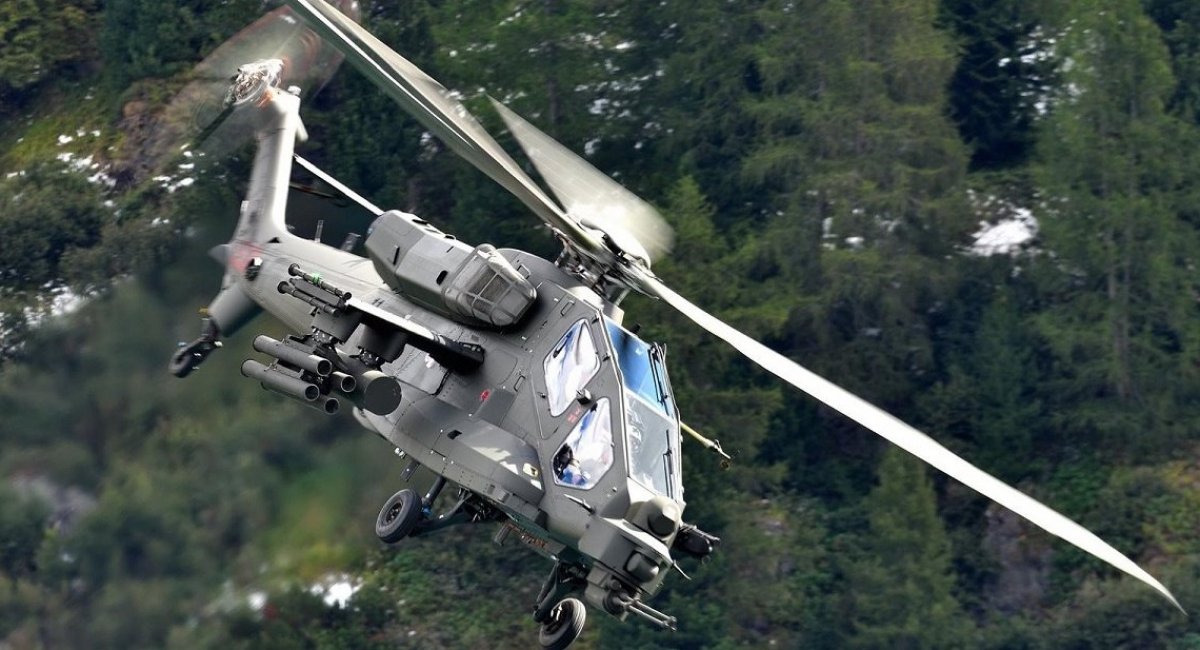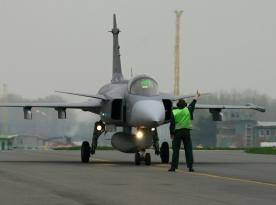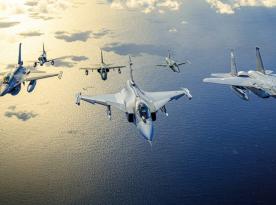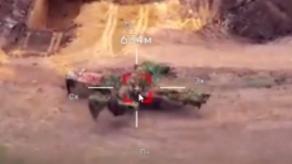Italy plans to order 29 more AW249 Fenice attack helicopters to complete a planned fleet of 48 aircraft. The total program cost is published at €4.648 billion, and additional planned spending has also been revealed.
According to The Aviationist, the process has already been launched in parliament. This falls under the third phase of the NEES program (Nuovo Elicottero da Esplorazione e Scorta), which also includes finishing work on the mature variant, its certification, ramping up production and upgrading the 19 helicopters already ordered.
Read more: Croatia to Strengthen Army with 18 French CAESAR Mk2 Howitzers Worth €320 Million
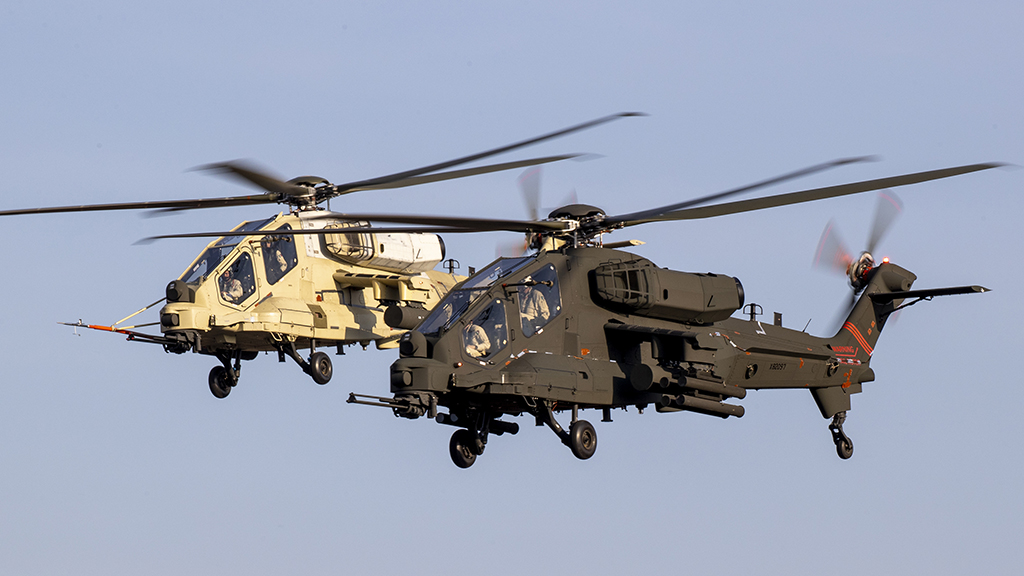
This development stage, scheduled to run from 2026 to 2032, will cost Italy €1.222 billion. It will also cover procurement of training equipment and ten years of logistic support.
As for earlier spending: the first phase, begun in 2016, cost €487.06 million, while the second phase, started in 2020, cost as much as €2.283 billion. That large sum is unsurprising because, besides the first flight in 2022, the second phase included orders for four pre-series helicopters and 12 serial-production aircraft, bringing the total to 19 machines.

From Defense Express'sperspective, these numbers are not tiny, especially given that they fund a fleet of only 48 helicopters. It's another reminder that attack rotorcraft are an expensive proposition, and their effectiveness on a battlefield increasingly shaped by drones is not guaranteed.
Testing of delivered AW249s continues; they have already taken part in Italian military exercises. Trials have verified employment of the Oto Melara TM197B 20 mm cannon and 70 mm unguided rockets.
This year testing also covered integration with Israeli Spike and Spike ER ATGMs and unspecified air-to-air missiles, possibly U.S. Stinger missiles. Tests have included cyber security, electronic warfare, flight- and battlespace-management systems, anti-spoofing measures, data links with UAVs and integration of loitering munitions.
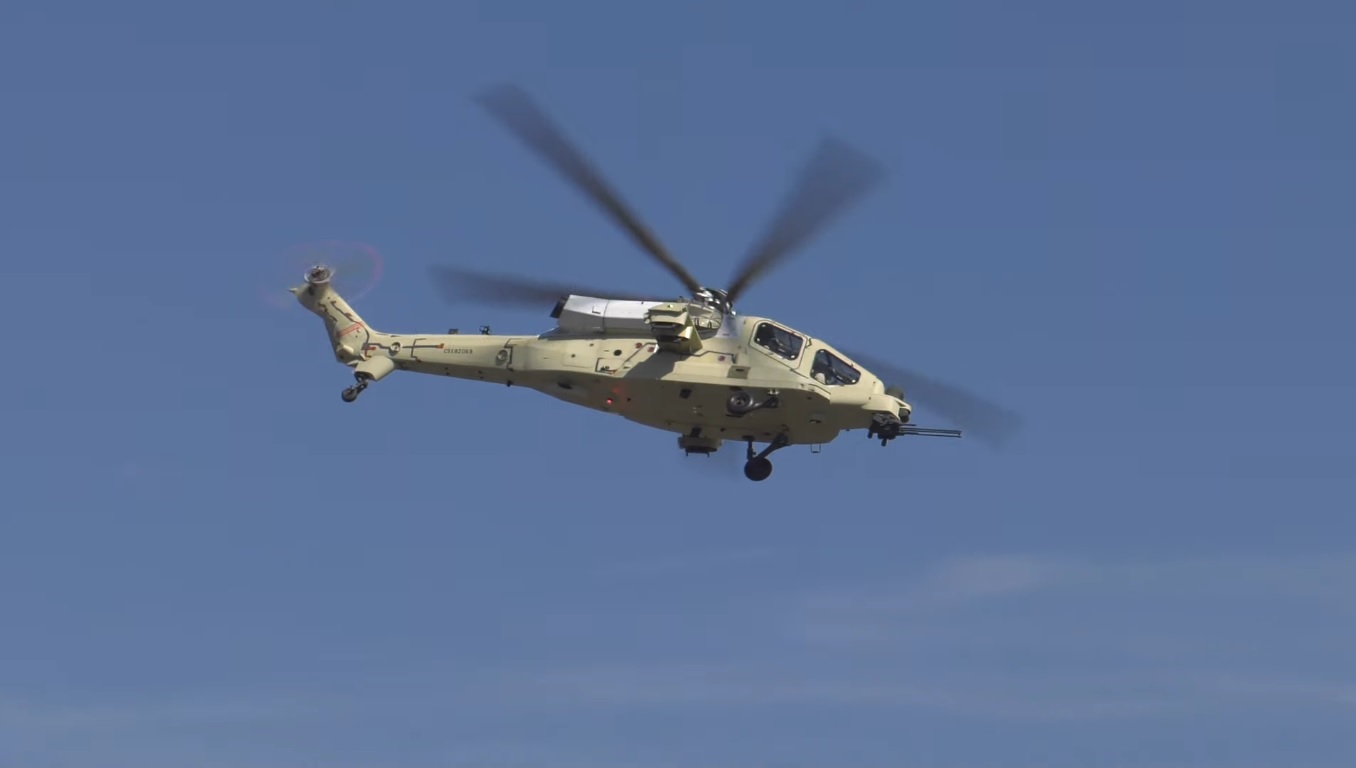
The programs final phase is expected to cost an additional €656.02 million, a substantial amount. Still, that could be cheaper than buying foreign helicopters outright: for comparison, Poland paid $10 billion for 96 AH-64E Apaches.
So if Italy wants to preserve a domestic attack-helicopter capability, investing in an indigenous program makes sense given prior work such as the AW129 Mangusta. The open question is whether that choice is still optimal today, when drones can both shoot down such aircraft and strike targets more cheaply than legacy platforms.
Read more: Others Want to Build Saab Gripen Jets for Ukraine – Could This Threaten Localization Plans?




